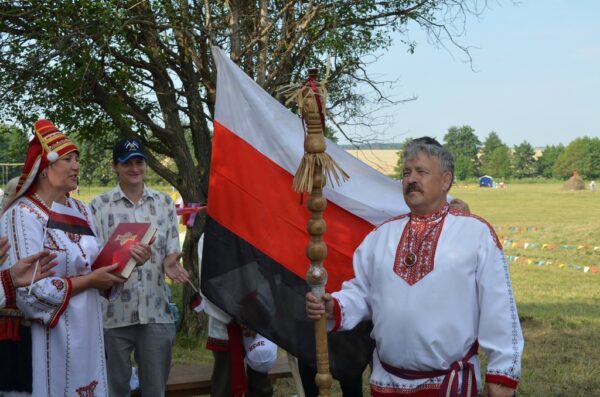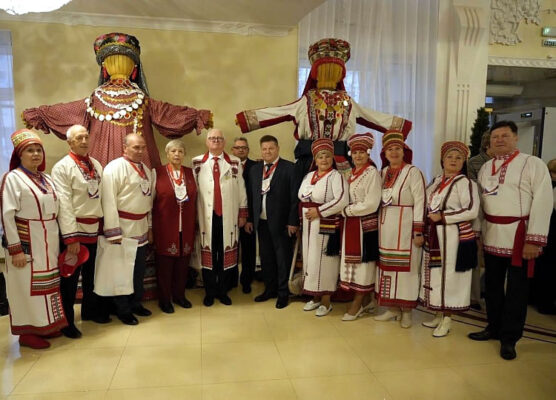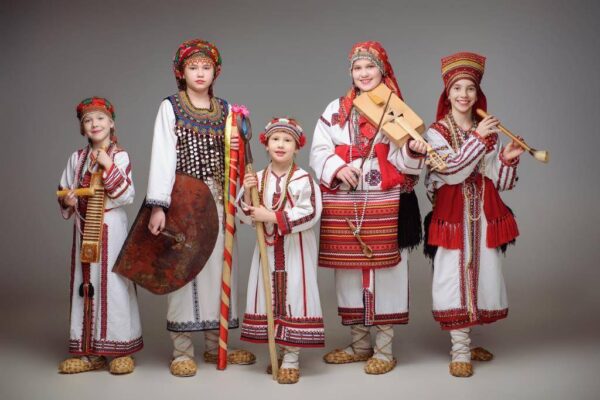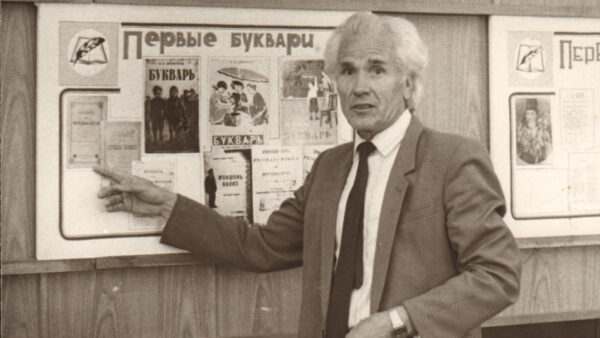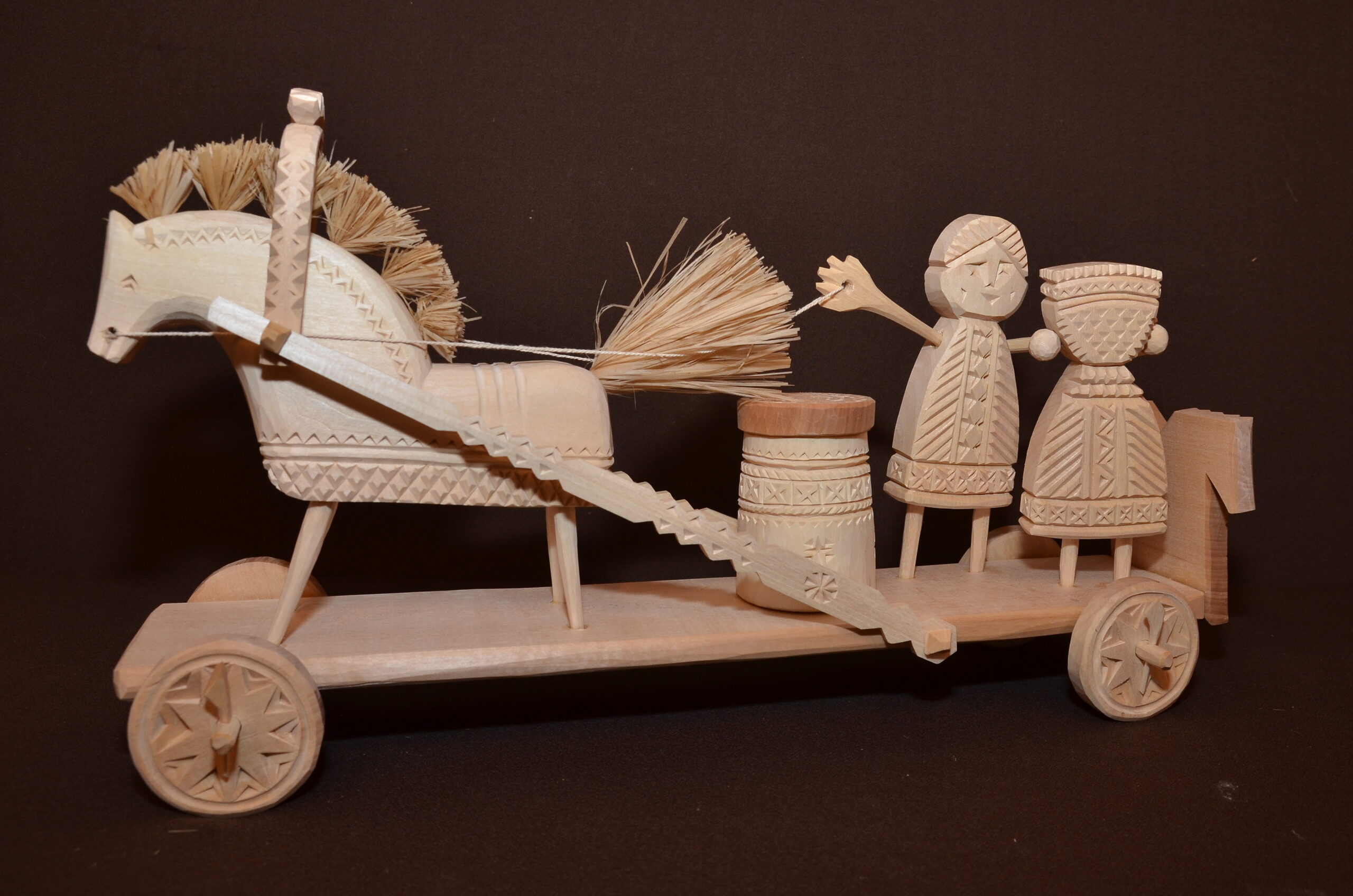
Erzya
Names
The ethnonym ‘Erzya’ comes from the Erzya autonym. The Erzya have traditionally called themselves erźa, erźä.
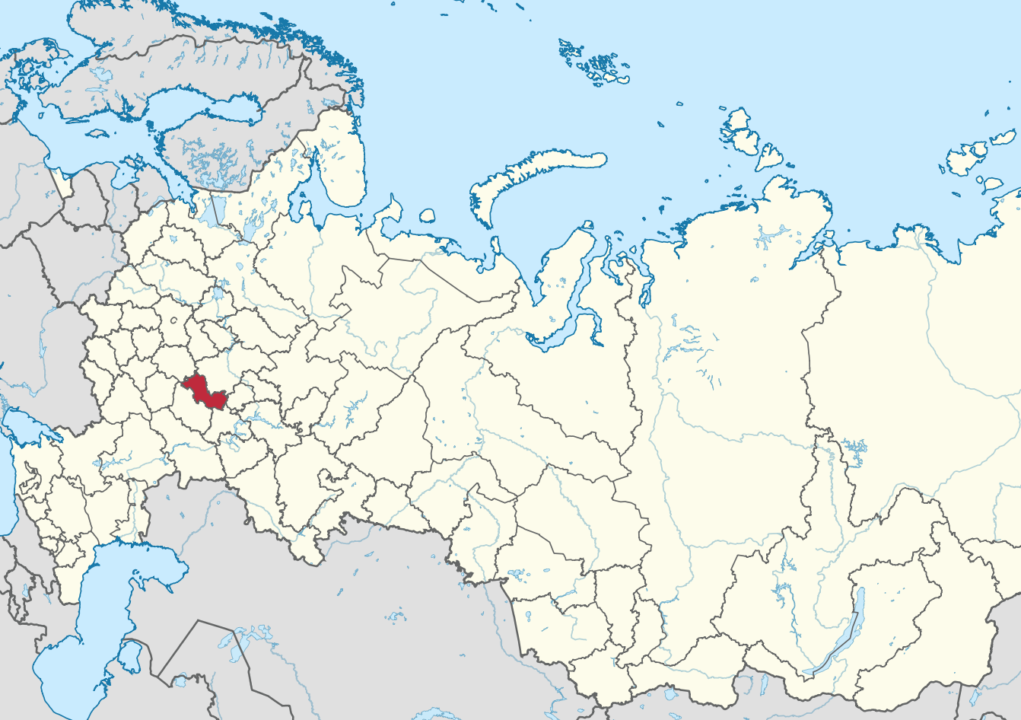
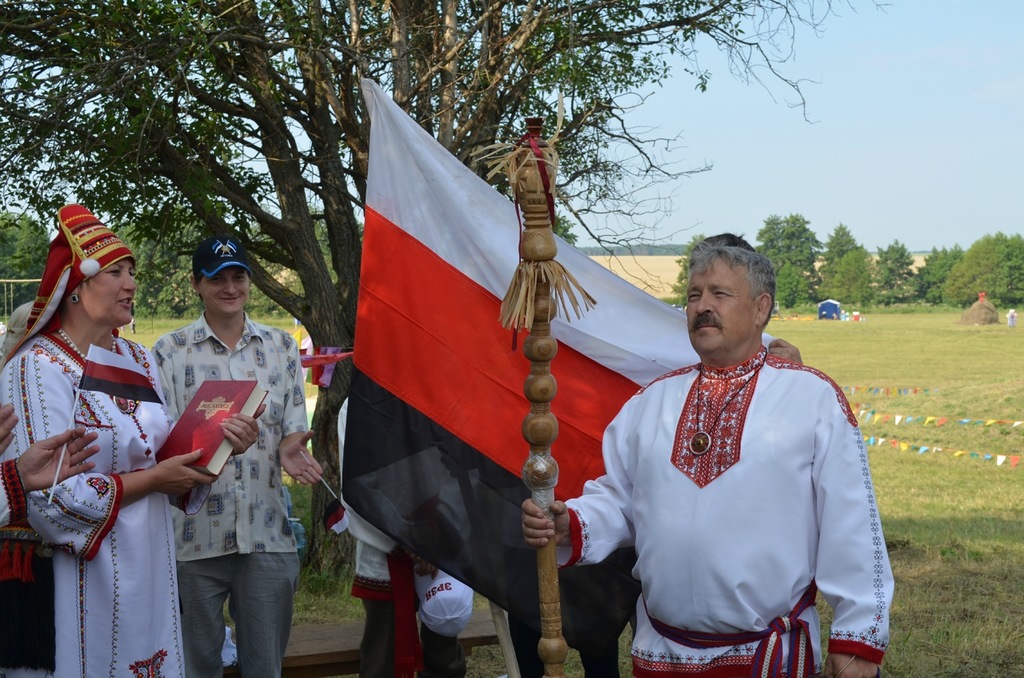
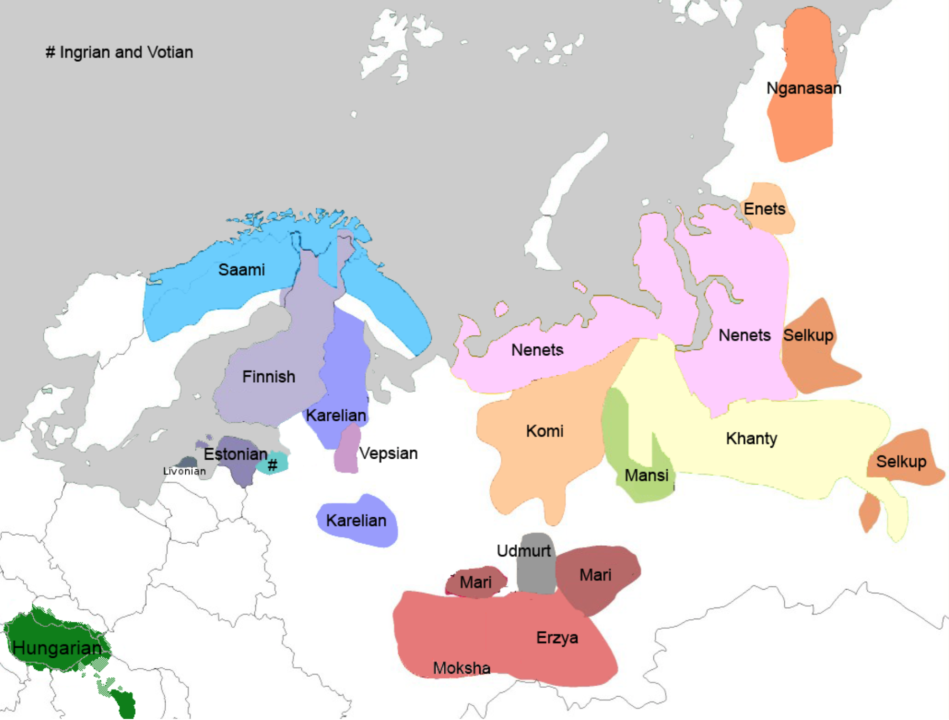
Territory
Administratively the Erzya live in the eastern part of the Republic of Mordovia, in Nizhny Novgorod and Ulyanovsk Oblasts, as well as in Bashkortostan, Tatarstan and Chuvashia, while the Moksha live in the southern and western parts of the Republic of Mordovia and in Pensa and Saratov Oblasts. The capital of the Republic of Mordovia is Saransk.
Population
The Erzya have been grouped with the Moksha and Shoksha under the term ‘Mordvin’ since 1928, making counting the size of the Erzya nation difficult. According to the 2020 census, there were 484,450 Mordvins, of whom 50,086 self-identified as Erzya. This is a decrease of 34,9% for Mordvins and 12,1% for Erzya from the the 2010 census, according to which there were 744,236 Mordvins, of whom 84,407 specified their ethnicity as Erzya. However, the amount of those reporting Erzya as their mother tongue has increased from 36,726 in 2010 to 40,045 in 2020.
When speaking about the Mordvins in general, they have been among the largest Finno-Ugric peoples. In 1989, the Mordvin population in the same territory was much larger, 1,072,939 people. In 2002, there were 843,359 Mordvins of whom 73% spoke a Mordvin language as their mother tongue. The Erzya are assimilating faster than other Finno-Ugric peoples due to their geographic dispersion. In the Republic of Mordovia, the Erzya, Moksha and Shoksha make up only a third of the population. The greatest number of Mordvinic peoples are living in Samara, Pensa, Orenburg, Ulyanovsk and Nizhny Novgorod Oblasts. Outside Russia, there are many communities in Kazakhstan (30,000), Ukraine (19,000) and Uzbekistan (12,000).
Languages
The Erzya language belongs to the Mordvinic branch of Uralic languages. The Mordvinic languages are nowadays grouped with the Finnic and Saami languages within the West Uralic languages. Previously, the Mordvinic languages were grouped within the Volgaic languages along with Mari and the extinct languages Merya and Murom, but the most recent research indicates that West Uralic languages share linguistic features with each other that descend form a common proto-language. At the same time, similarities between Mordvinic and Mari languages are due to close contacts for centuries.
The Erzya written language began forming at the end of the 19th century. An official standardised written language was completed for Erzya in 1925. The Erzya written language is written in the Cyrillic alphabet.
According to the consitution of the Republic of Mordovia, the republic has three official languages: Russian, Erzya and Moksha. The official status of the latter two is nonetheless a formality and in reality they have very little weight in public life and education.
History
The Erzya are an indigenous people of the Central Volga area. Their original territory was much wider, to the Upper Volga area in the west and to the River Volga in the north. The core territory of the Erzya was more to the north, in the southern part of today’s Nizhny Novgorod Oblast. The city of Nizhny Novogord is known as Obran osh in Erzya, and the town of Arzamas in the southern part of the oblast is related to the Erzya ethnonym.
The Erzya territory began contracting at the end of pre-historic times under pressure from Eastern Slavs from the west and Bulgars from the east. Eastern Erzya were brought under the influence of Volga-Kama-Bulgar probably starting from the end of the 10thcentury, while western Erzya had to respond to Russian expansionist efforts after the end of the 11th century. In 1080, Russians erected Murom Castle on the River Oka and in 1221, Nizhny Novgorod was established. Erzya lands were increasingly infiltrated by Russian settlers.
In 1230, however, Erzya lands were invaded by Mongols and these lands were annexed to the Golden Horde. With the weakening of the Golden Horde, the Russian influence from the north and west gradually strengthened and colonisation of farmers picked up speed. The Erzya began resettlement to the east and southeast from the Moksha.
By the middle of the 16th century, the entirety of the traditional Erzya territory went under the control of Moscow. Erzya lands were allocated to Russian aristocrats and monasteries, peasants were placed under serfdom. In the 17th century, the Russian rule gradually shifted to the forest steppe areas which was followed by southward resettlements of Russian and Erzya peasants.
The institutionalisation of serfdom and the increasing central power of the tsar following the Time of Troubles led to many Erzya joining the Don Cossack Stenka Razin’s revolt of 1670-1671. A notable Erzya military commander, ataman, under Razin was Alena Arzamasskaia, a female fighter who posed as a man. Arzamasskaia commanded a force of 600 men and participated in the capture of Temnikov in 1670, before she was captured and burned at the stake.
Forced baptism of Erzya who until now had mostly kept their animist religion took place in the first half of the 18th century. Also, already harsh conditions under serfdom became increasingly difficult under Empress Catherine II. Catherine waged a war against the Ottoman Empire, which increased the tax burden of serfs. From the beginning of Catherine’s reign in 1762 to 1769, there were more than fifty peasant revolts. The unrest resulted in Yemelyan Pugachev’s rebellion in 1773-1775, which the Erzya saw as an opportunity to oppose Catherine’s policies of forced baptism and increasing tax burden.
Many Erzya resettled in the 18th-19th centuries to steppe areas annexed by Russia on the other side of the River Volga. In their traditional territory they remained a minority, while the role of the Russian language and mixed marriages increased.
In the 19th century, the Erzya were largely an illiterate peasant folk whose one-time upper-class had long ago dissolved. In the beginning of the 19th century, the Teryukhan Erzya who lived near Nizhny Novgorod revolted under Kuzma Alekseyev between 1806-1810. The revolt was the last major Erzya rebellion. It had an ethno-religious character, because Alekseyev propagated the ‘Mordvin faith’ that had survived as a syncretistic religion after forced baptism.
At the end of the 19th century, the Erzya written language began to be developed as part of the Ilminsk system and a small Erzya intelligentsia who was interested in folk customs and culture emerged.
The Erzya gained their own autonomous territory relatively late given that there was no concrete core area based on which it could be formed. Still, in 1928 the Mordovian region was established which in 1930 was reorganised into an autonomous oblast and in 1934 into an autonomous soviet socialist republic (ASSR).
Collectivisation of agriculture hit traditional peasants relatively hard. In the 1930s, represssions against Erzya intellectuals were perpetrated. Since the end of the 1950s, the positions of the Erzya language in public life, media and educational life began to deteriorate. The Erzya language was effectively given the status of the collective farmers’ home language. In schools, Erzya was taught only in the first grades (mostly, in the countryside) and written word in the language had become less frequent than before World War II.
Modern Times
The breakup of the Soviet Union gave rise to a certain national reawakening among the Mordvins. In the autumn of 1989 mostly Erzya intellectuals initiated an organisation resembling Estonia’s Rahvarinne (National Front) called Mastorava (Mother Earth). In 1991 a society Vaigel’ (Voice) for the promotion of Mordvin culture and language was established at the University of Mordovia.
In March 1992, the 1st Congress of Erzya and Moksha peoples was assembled, which witnessed tensions between the Erzya and Moksha. The Erzya were more active and radical and accused the Moksha of being too passive and conciliatory.
In 1993 separate Erzya organisations Erzjan’ Mastor (Erzya Land) and Erzjava (Erzya Mother) were established. The Erzya diaspora was activated. The Erzya were not satisfied with the joint ethnonym ‘Mordvin’ and with its usage in the name of the republic. The ethnic Russian leadership of the republic was also considering renaming the Mordovian ASSR into simply Saransk Oblast and thus getting rid of the national autonomy altogether. The Mordovian ASSR was declared the Republic of Mordovia only in 1994.
Beliefs
Religious Erzya are mostly Russian Orthodox. There is also a small number of Old Believers among the Erzya. Atheism was widespread in the 20th century, while towards the end of the century several new religions were introduced.
Starting from the late 1980’s and early 1990’s, the Erzya cultural intelligentsia has started reviving the pre-Christian Erzya religion as marker of the Erzya identity. The revival of the pre-Christian religion is centred around Rasjken Ozks ‘national prayer’. The all-Erzya prayer was banned by decree of Tsar Michael I in 1629, but revived in 1999, after 370 years.
The national prayer takes place in the village of Chukalo (Russian: Chukaly) in the north(east) of the republic every three years. The place was chosen for historical reasons: in 1612, the Erzya along with Mari, Chuvash and Udmurts defeated the Nogais in battle. Around 11,000 warriors are said to be buried at the site. In 1629, Erzya from the neighbouring regions came to pray for their ancestors, and nowadays a part of the celebration is to bring soil for the local mound from regions where the Erzya live. Also, between the prayers, the Erzya collect beeswax for a sacred candle, shtatol, for the communal candle built for and lit during the prayer. (For more information, see Judit Molnár’s German-language article on Rasjken Ozks).
Since 2004, Rasjken Ozks has been the national festival of the Erzya officially in the Republic of Mordovia. As a consequence, the celebration has diverged from its original sacred character into more of a festive nature. In 2022, the Erzya national flag was banned from the event and the public speeches were in Russian.
